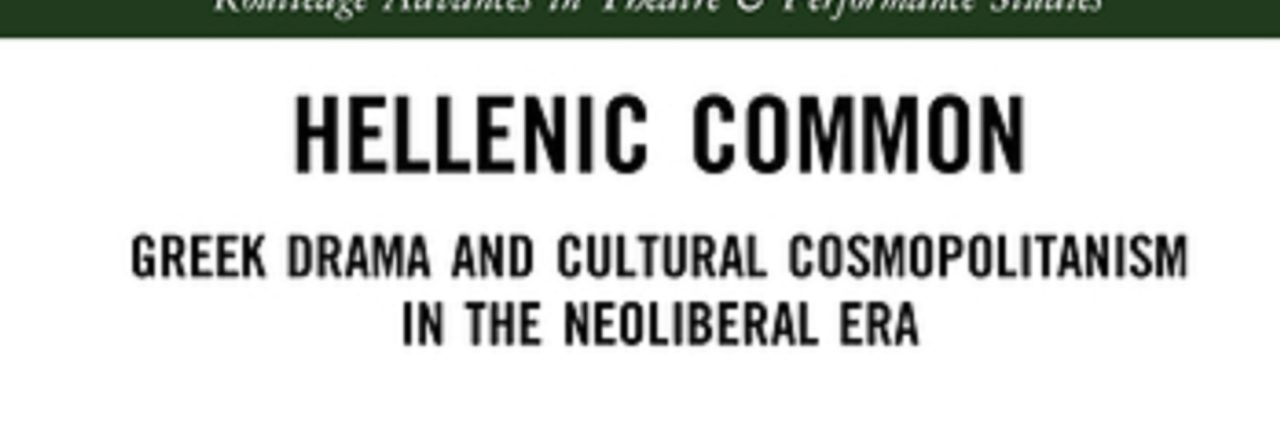Promotional poster for Last Night at Black Hollow Kari and Stephen Williamson have written a murder mystery party scripts, a genre which has become a periodic fundraiser for Sock & Busking Theatre Company. Unlike a typical play, which is fully scripted and generally involves minimal audience interaction, the murder mystery parties have relatively brief scripted …
Continue reading Kari and Stephen Williamson’s Last Night at Black Hollow—24 Oct. 2025
